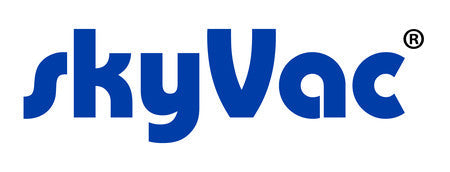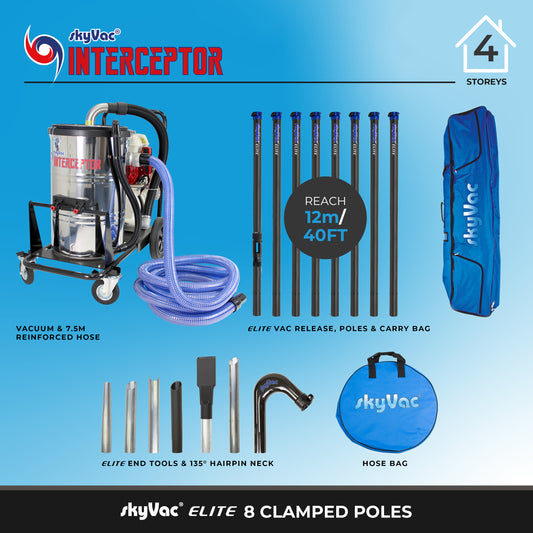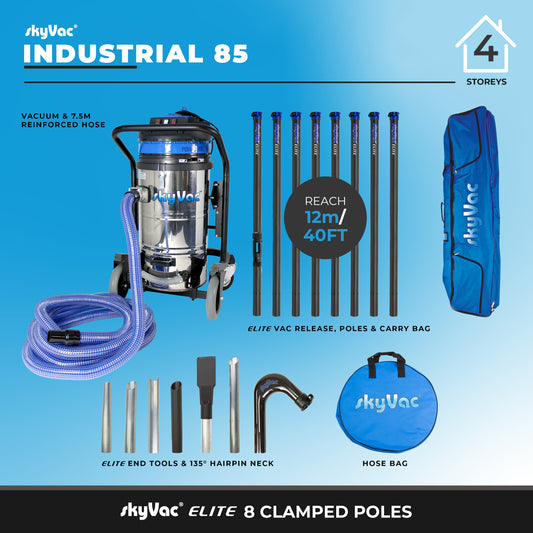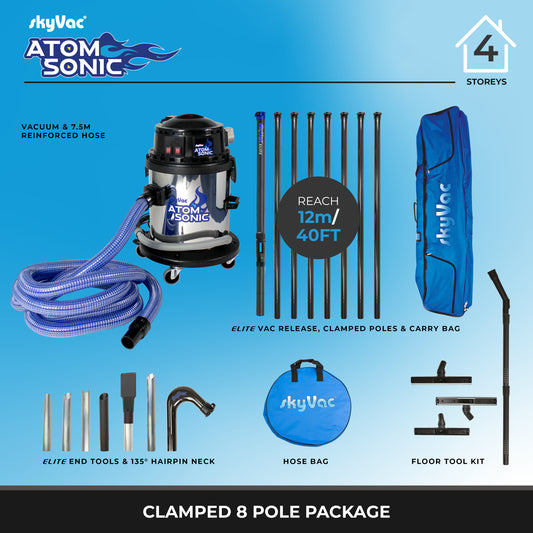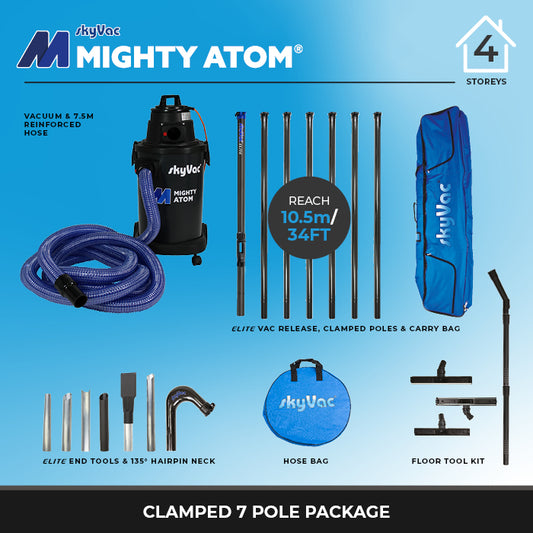Why Hospitals and Clinics Need Routine High Dusting
Share
Keeping hospitals and clinics clean is more than just a matter of aesthetics; it's essential for health and safety. One often overlooked aspect of this is high dusting. This involves cleaning areas that are hard to reach like ceilings, ductwork, and light fixtures. When these spots get neglected, they can become havens for dust, allergens, and even bacteria. In a healthcare setting, this can lead to serious health risks for both patients and staff. So, let’s explore why routine high dusting is a must for hospitals and clinics.
Key Takeaways
- Neglected high dusting can lead to poor air quality and health risks for patients and staff.
- Regular high dusting helps maintain compliance with health regulations in healthcare facilities.
- Using professional cleaning services ensures thorough and safe high dusting practices.
Understanding High Dusting Challenges
The Importance of Regular High Dusting
Why is high dusting so important? Well, it's more than just keeping things looking tidy. Neglecting those hard-to-reach areas can lead to some serious problems in hospitals and clinics. We're talking about dust, dirt, and debris accumulating in places like ceiling beams, light fixtures, and ductwork – spots that traditional cleaning methods often miss. These areas become hotspots for airborne contaminants, which can then circulate throughout the building. Regular high dusting, using tools like SkyVac® High Dusting Tools, helps us tackle these issues head-on, ensuring a cleaner and healthier environment for everyone.
Common Areas That Require Attention
Okay, so where exactly are we talking about when we say "high dusting"? Think about all those places above standard reach. Here's a quick rundown:
- Ceiling beams and rafters
- Light fixtures, chandeliers, and ceiling-mounted fans
- HVAC vents and exposed ductwork
- Overhead sprinkler systems and piping
- Upper-level window ledges and structural frameworks
- High shelving and industrial racks
These are just some of the common areas. Each facility is different, so we need to assess each space individually to identify all the potential dust collection points. Using the right equipment, like those with HEPA filters, is key to getting the job done right.
Health Risks Associated with Neglected High Dusting
We often don't think about the dust accumulating way up high, but ignoring it can actually cause some real problems, especially in places like hospitals and clinics. It's more than just an eyesore; it's a health hazard waiting to happen. Let's take a look at why regular high dusting is so important.
Impact on Patient Safety
Neglecting high dusting can directly impact patient safety. Think about it: hospitals need to be as clean as possible to prevent infections. When dust settles on high surfaces like vents, light fixtures, and pipes, it becomes a breeding ground for bacteria, mold spores, and other nasty stuff. This contaminated dust can then circulate through the air, potentially infecting patients, especially those with weakened immune systems. We need to remember that air quality is a big deal in healthcare settings. Regular cleaning helps keep these contaminants at bay, creating a safer environment for everyone.
Effects on Staff Well-Being
It's not just patients who are at risk; the health and well-being of our staff can also suffer. When dust accumulates, it can trigger allergies and respiratory issues. Imagine nurses and doctors constantly dealing with sneezing, coughing, and irritated eyes – it's not only uncomfortable but can also affect their performance. Plus, long-term exposure to poor air quality can lead to more serious health problems down the road. By keeping high areas clean, we're creating a healthier and more comfortable workspace for our dedicated healthcare professionals. Using HEPA filters is a great way to improve the air quality.
Effective Solutions for High Dusting Challenges
Okay, so we've talked about why high dusting is important and the problems that come up when it's ignored. Now, let's get into some real solutions. It's not just about grabbing any old duster; it's about doing it right.
Choosing the Right Equipment
Having the right tools makes a huge difference. Think about it: you wouldn't try to paint a house with a toothbrush, right? Same goes for high dusting! We need equipment that's designed for the job. For example, the SkyVac 78 is a high-performance system designed for heavy-duty cleaning tasks, making it perfect for commercial use and larger properties.
- Extension Poles: These are a must. Get ones that are lightweight but sturdy. Carbon fiber is a great option. The Elevate Carbon Fiber Pole is a great option.
- Specialized Brushes: Different surfaces need different brushes. Soft brushes for delicate areas, stiffer ones for tougher grime. Consider the Internal Brush Set for High Dusting.
- HEPA Vacuums: These vacuums trap dust and allergens, preventing them from recirculating. This is super important for health reasons.
Dealing with high dusting can be tough, but there are smart ways to tackle it. Start by using the right tools, like long dusters and vacuum attachments, to reach those high spots easily. Regular cleaning schedules can also help keep dust from building up. If you want to learn more about effective dusting methods, visit our website for tips and tricks that can make your cleaning routine easier!
